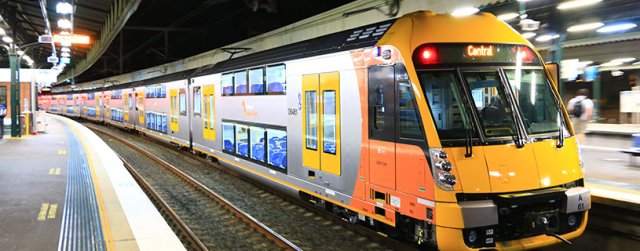
The Australian Automobile Association (AAA) commissioned a study into transport affordability and found that an average family spends up to $420 a week just to get around. Hobart was the cheapest city, at $14,000 a year, and Sydney the most expensive, at $22,000.
The national average of about $330 a week is a significant figure in anyone's budget. It means an average household spends 13% of their income (17% in Sydney) on transport, compared with 1–3% on power, water and telecommunications.
The study included not only running costs like petrol but also costs such as registration and insurance. It also included public transport costs.
One of the heavy burdens for motorists — especially in the three most expensive cities (Sydney, Brisbane and Melbourne) — is road tolls.
Road tolls are a particularly pernicious impost. They are frequently run by private companies and represent nothing more than daylight robbery of ordinary workers by big corporations. The fact that some private money may have gone into the initial development of a motorway does not in any way justify this parasitical corporate leaching.
Even when the proceeds of a toll go into government coffers, it is still an indirect tax that falls most heavily on the poor.
The AAA presented its research as being in the interests of motorists. News.com.au reported that only one dollar out of every four raised from fuel taxes will be spent on road transport by 2020.
The conclusion drawn by AAA chief executive Michael Bradley was: “Motorists are not getting a fair return on their taxes.”
Perhaps, but ordinary people will never win by simply fighting for a better deal in a car-centred transport system. The solution is a massive expansion of public transport.
There is no reason why every major city in Australia cannot have a comprehensive network of trains, trams and buses, with services running every couple of minutes down major arterial routes.
There is no reason why such a public transport system cannot be free to use.
Such an alternative would reduce pollution and create the possibility for more green spaces in cities. It would increase transport accessibility for young and old, and people with disabilities.
It would eliminate the wastage of social resources that currently goes into having millions of vehicles sitting idle for more than 20 hours a day.
It could be electrically powered with renewable energy.
It is one of the solutions that we all need but which will not happen unless we organise and fight for it.
For 25 years, Green Left Weekly has argued the case for an expanded and improved public transport system that meets people's needs.
Investing in people-powered media like GLW is a down payment on our collective liberation from a polluting, $420 a week transport system based on the private car.
Get in touch to see how you can help, or make a donation to the GLW Fighting Fund. You can do so by visiting our website or calling the toll-free number 1800 634 206 (within Australia).
Donations can also be made to Green Left Weekly, Commonwealth Bank, BSB 062-006, Account no. 00901992. Otherwise you can send a cheque or money order to PO Box 394, Broadway NSW 2007.
Like the article? Subscribe to Green Left now! You can also like us on Facebook and follow us on Twitter.